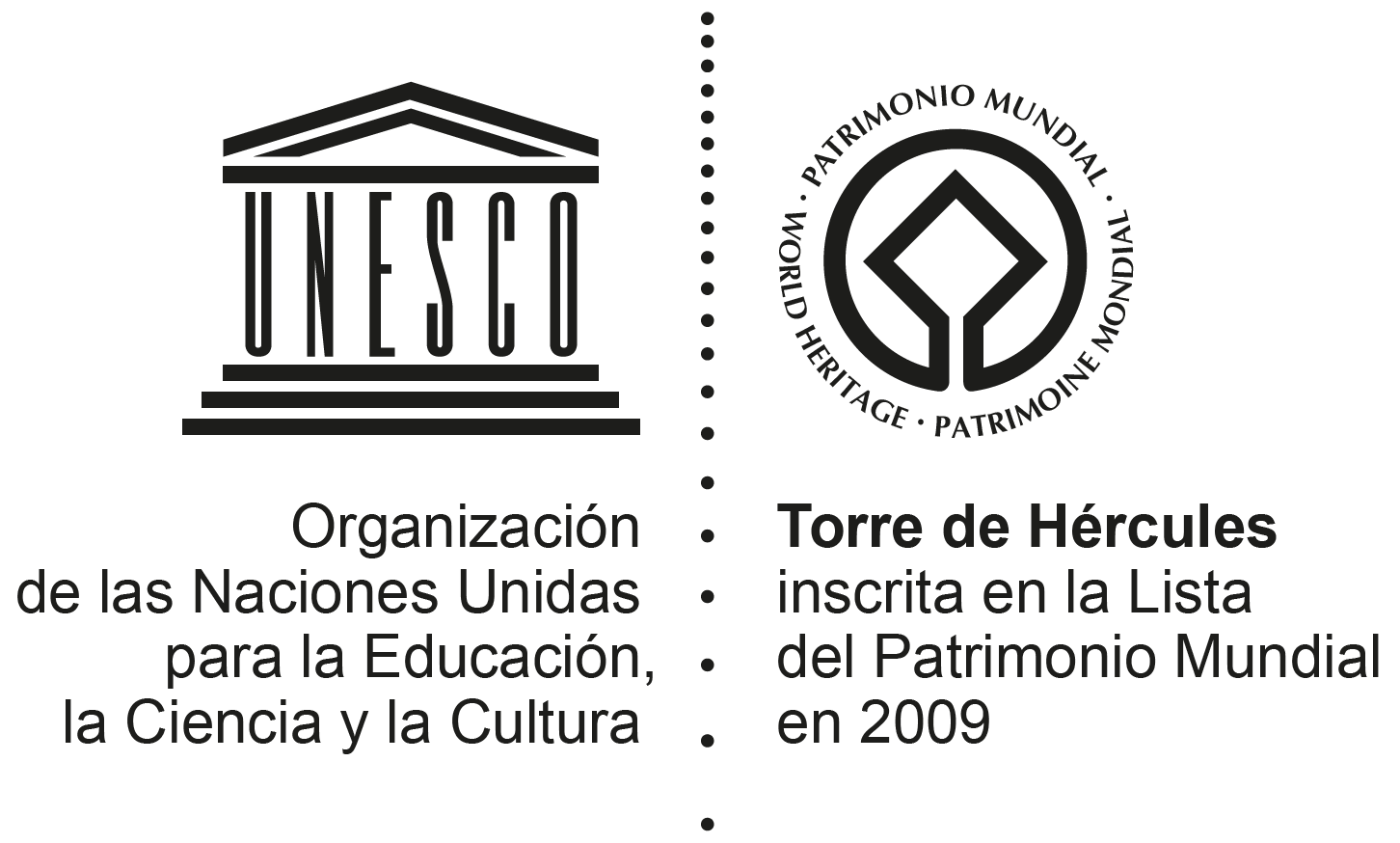- Home
- What to do in A Coruña
- Art and culture
- Picasso route
- Detalle Ruta Picasso
San Amaro Cemetery
At this time of year, with All Saints' Day and All Souls' Day just around the corner, cemeteries become must-sees for family, cultural and even social reasons. San Amaro is one of the architectural and historical jewels of the city, listed by National Geographic as one of the most beautiful cemeteries in the world.
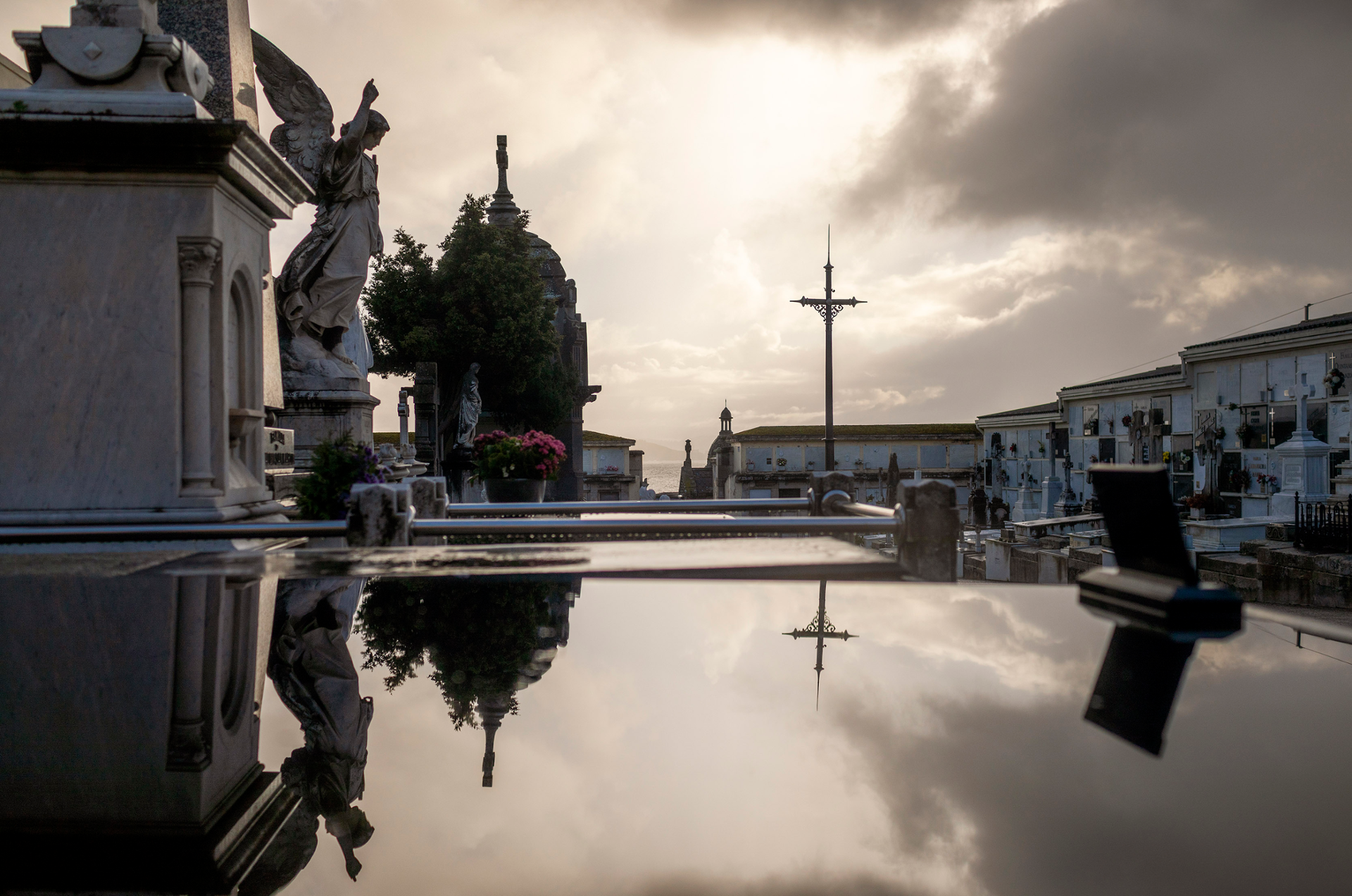
Address:
Telephone:
Fax:
+(34) 981 189 825
Services:
Accessible for people with disabilities.
Horario:
7 days a week from 9.00 to 18.00 (including holidays)
More than 200 tombs of politicians, painters, writers, heroes or aristocrats are located in a cemetery that since 2013 has been part of the Route of European Cemeteries, after joining the European Association of Significant Cemeteries (ASCE), a European network of organisations dedicated to the preservation and presentation of cemeteries as an important part of cultural heritage.
Today we would like to share with you some of the secrets of this cemetery, which was inaugurated in 1813, the year after burials in churches and their surroundings had been banned.
The cemetery, which overlooks the sea, is divided into three sections: the religious section, the civil section and the British section, which is private and not open to the public.
Two collective monuments stand out: the Monument to the Martyrs of Freedom - which stands on the site where the German pilots of the Second World War were buried, transferred to the cemetery of Yuste (Cáceres) - and the Column of the Truncated Column, in memory of the General Strike of 1901, considered the first great general strike in the history of the Galician workers' movement.
ILLUSTRIOUS PEOPLE BURIED IN SAN AMARO
Manuel Curros Enríquez. Writer and poet. Although he was born in Ourense, he declared his love for the city and asked to be buried in San Amaro. According to the chronicles of the time, his funeral was huge, with up to 40,000 people following his coffin on its way to the cemetery.
Eduardo Pondal. One of the most illustrious Galicians, author of Os Pinos, the words to the Galician national anthem. He died in 1917, and every 8 March the Eduardo Pondal Foundation performs the anthem at his grave.
Wenceslao Fernández Flórez. This writer from A Coruña, creator of The Animated Forest, died in Madrid in 1964 and also wanted to be buried in this magical cemetery.
This year, the City Council has chosen his statue to pay tribute to him on All Saints' Day. Leandro Carré Alvarellos and Ánxel Casal, founders of the publishing house Lar in November 1924, will also be remembered.
Manuel Murguía. Father of historiography and the Royal Galician Academy. He rests in San Amaro with the five children he had with Rosalía de Castro, who has a place of honour in the pantheon of illustrious Galicians in the convent of Santo Domingo de Bonaval in Santiago de Compostela.
Juana de Vega. The writer, an outstanding figure of liberalism in A Coruña, died in 1872 and was buried with the heart of her husband, a soldier who had died years before in Barcelona, which she kept in an urn.
Pedro Barrié de La Maza, Count of Fenosa. Born in A Coruña, he directed Banco Pastor for more than 30 years and his legacy lives on in the Foundation he created in 1966.
Conchita Picasso. The sister of the painter Pablo Picasso, she died of diphtheria as a child. It is said that Conchita Picasso's death was the reason why the family and the famous painter left the city. The grave is not identified in the cemetery, although several locations in the cemetery are being considered.
Other personalities buried in San Amaro
Also buried in San Amaro are Alfonso Molina, mayor of A Coruña from 1947 to 1949; the brothers Antón and Ramón Vilar Ponte, founders of the Irmandades da Fala; Chao Maciñeira, politician; the journalist and film-maker Alejandro Pérez Lugín; Emilio González López, one of the promoters of the Statute of Autonomy of Galicia; the doctor and politician Ramón Pérez Costales; or Manuel Lugrís Freire and Andrés Martínez Salazar, presidents of the Royal Galician Academy.
A JEWEL OF ART
Entering the cemetery of San Amaro means walking through corridors and sections full of art. From Egyptian obelisks to modernist chapels, neo-Gothic or Ionic pantheons and a dolmen with a rooted crucifix, such as the one that stands out in the tomb of the regueifeiro Pena.
Visiting the tombs in this spectacular cemetery means immersing oneself in a mixture of cultures, and being in Galicia, it is impossible to miss the reminders of our legendary past, such as the Celtic crosses.
The chapel of San Amaro is also worthy of mention, since it is considered to be the best example of Neoclassicism in Galicia.
If you happen to be in A Coruña these days, enter one of the oldest cemeteries in the world and discover all its secrets.
Follow the Picasso tour route
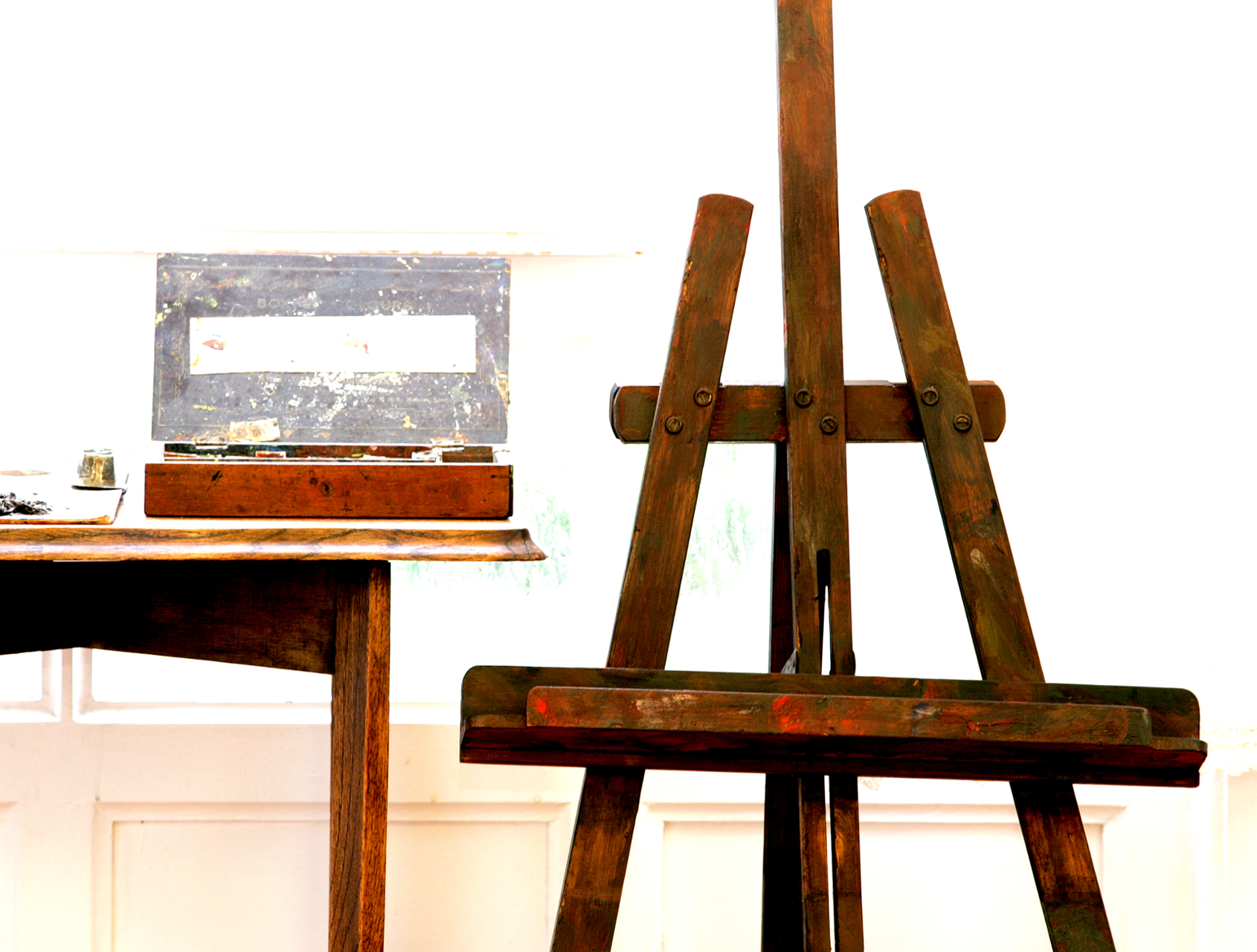
Casa Museo Picasso
Address:

San Amaro Cemetery
Address:
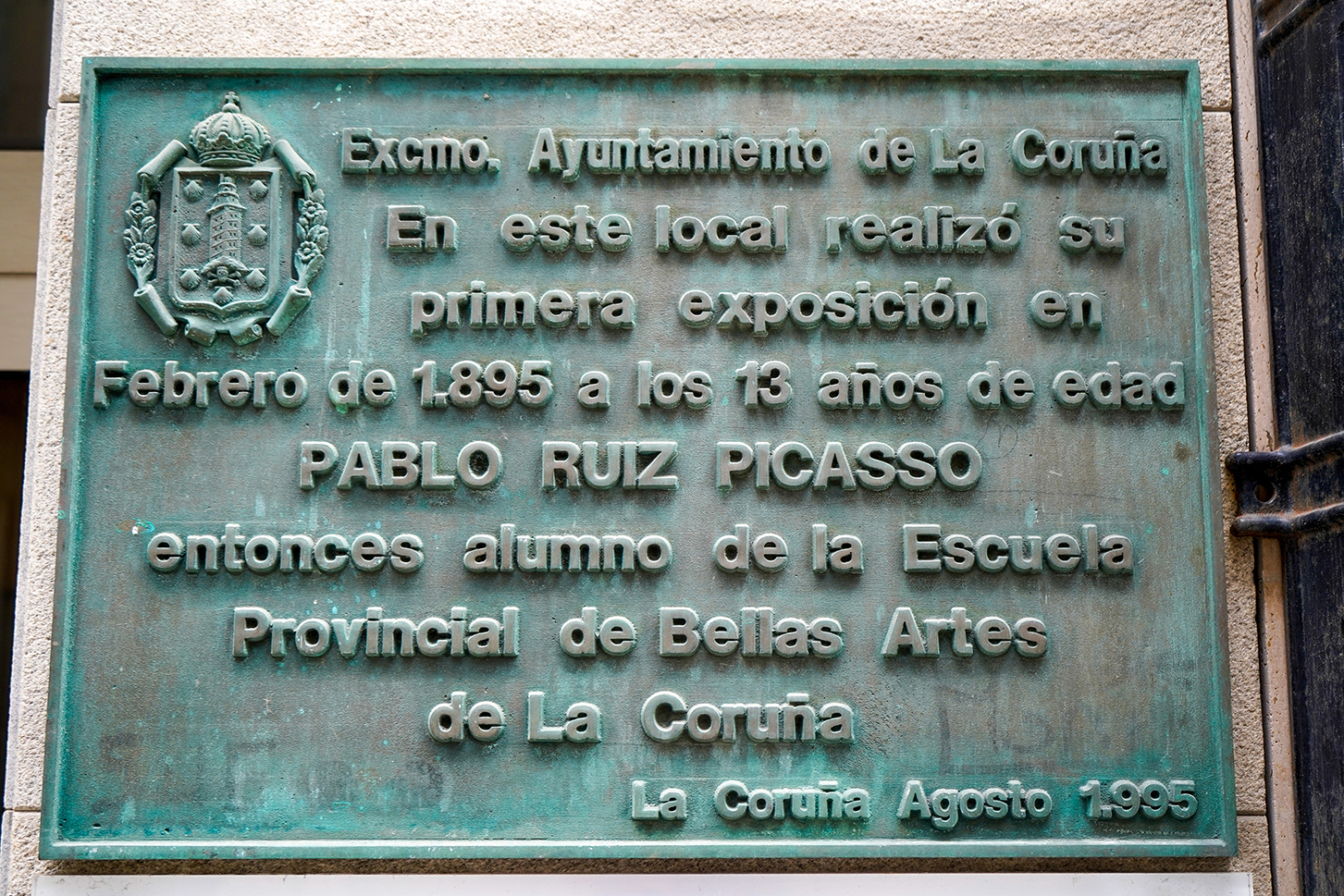
Picasso and 20 Calle Real
Address:
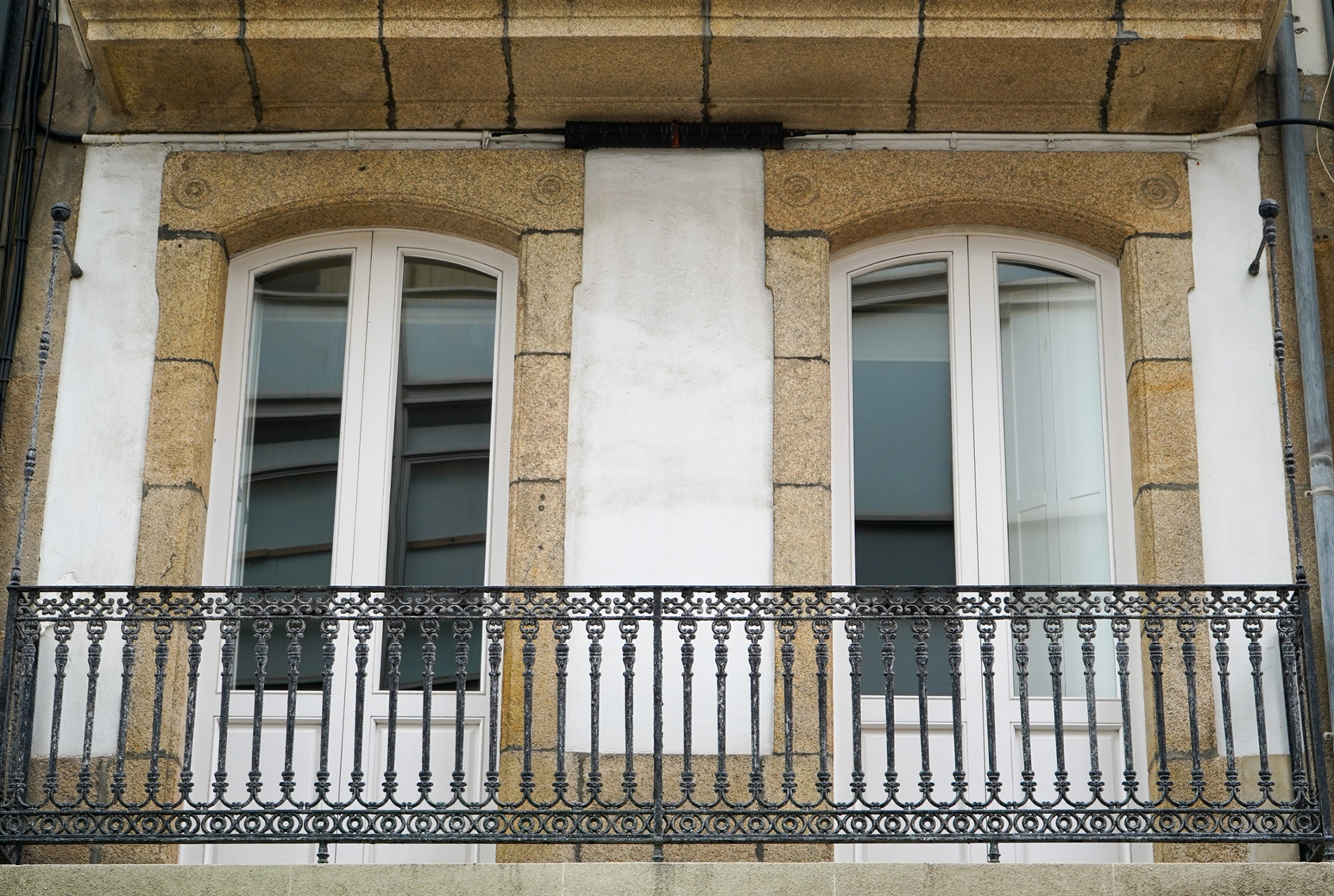
Picasso and 92 Calle Real
Address:

Riazor Beach
Address:
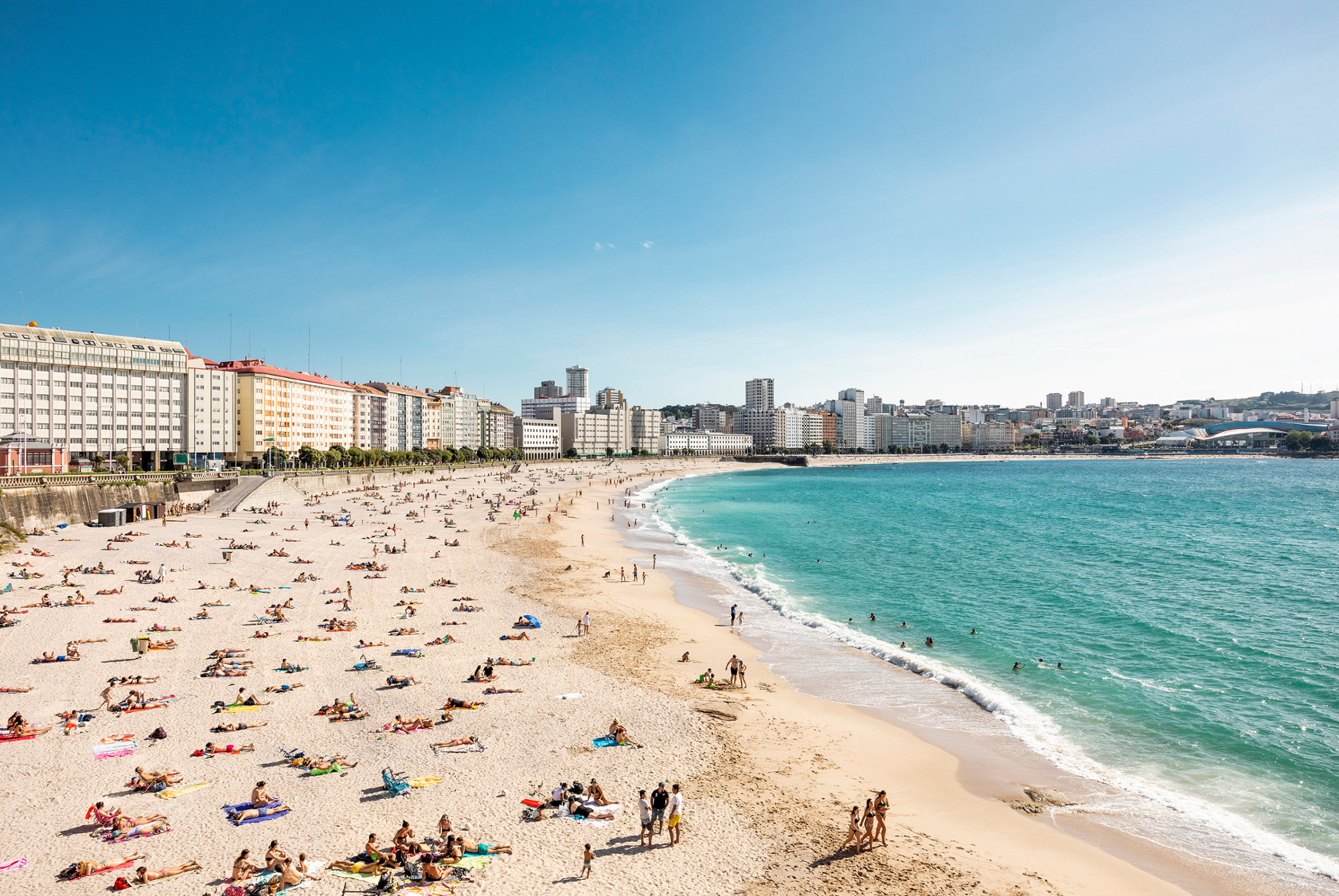
Orzán Beach
Address:
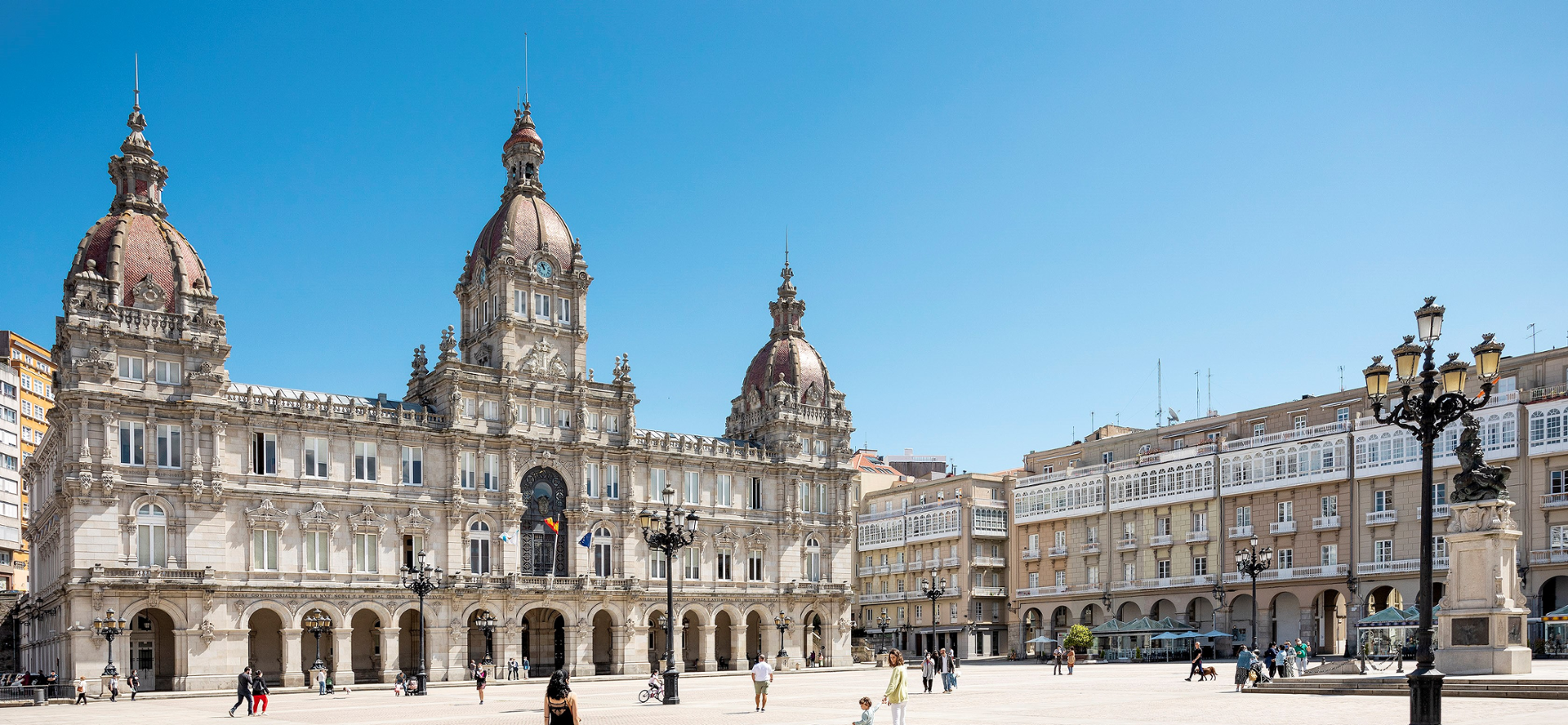
Plaza de María Pita
Address:
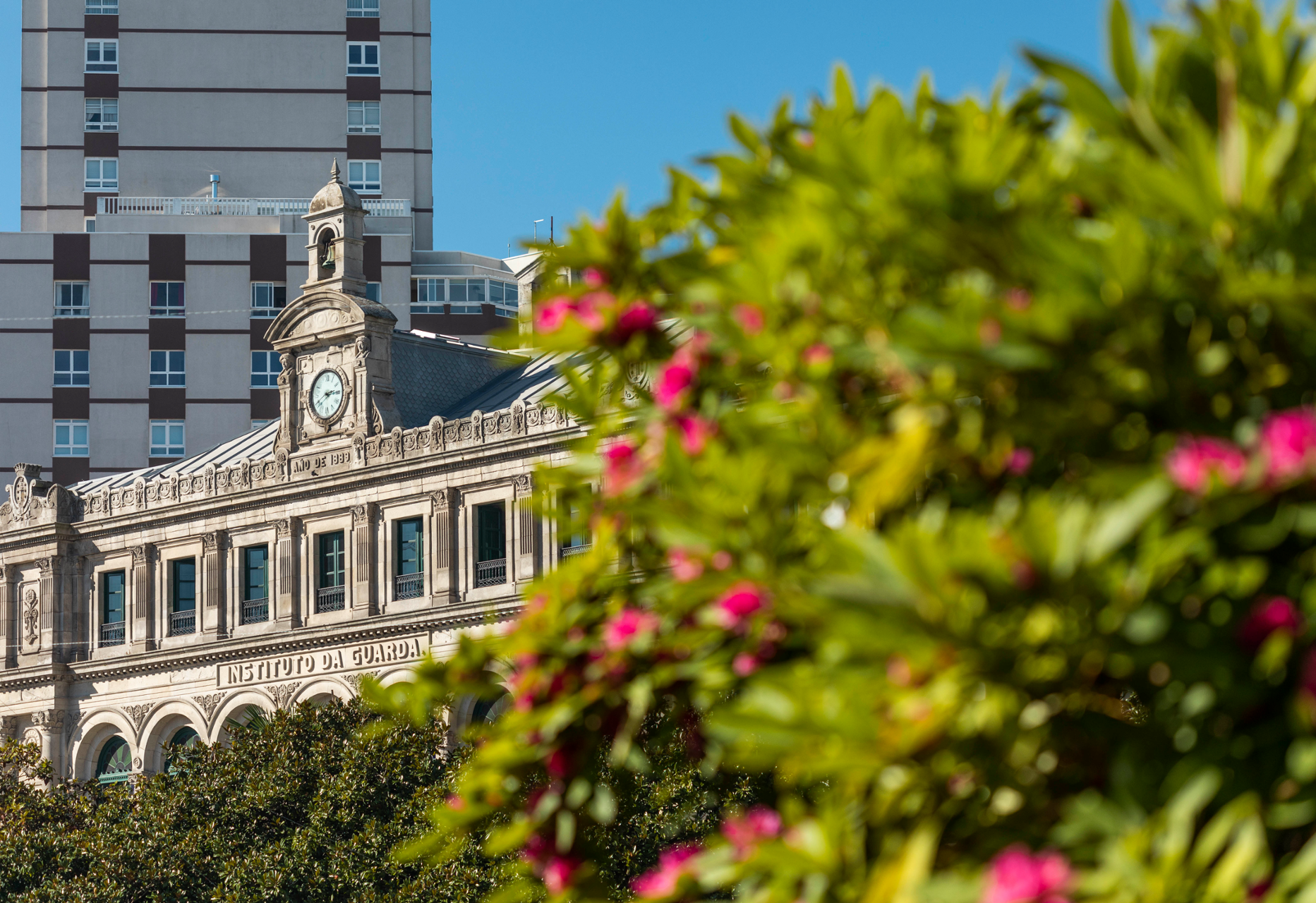
Plaza de Pontevedra
Address:
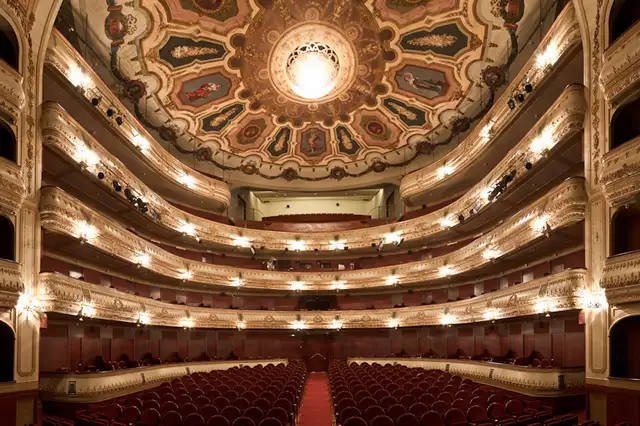
Rosalía de Castro Theatre
Address:
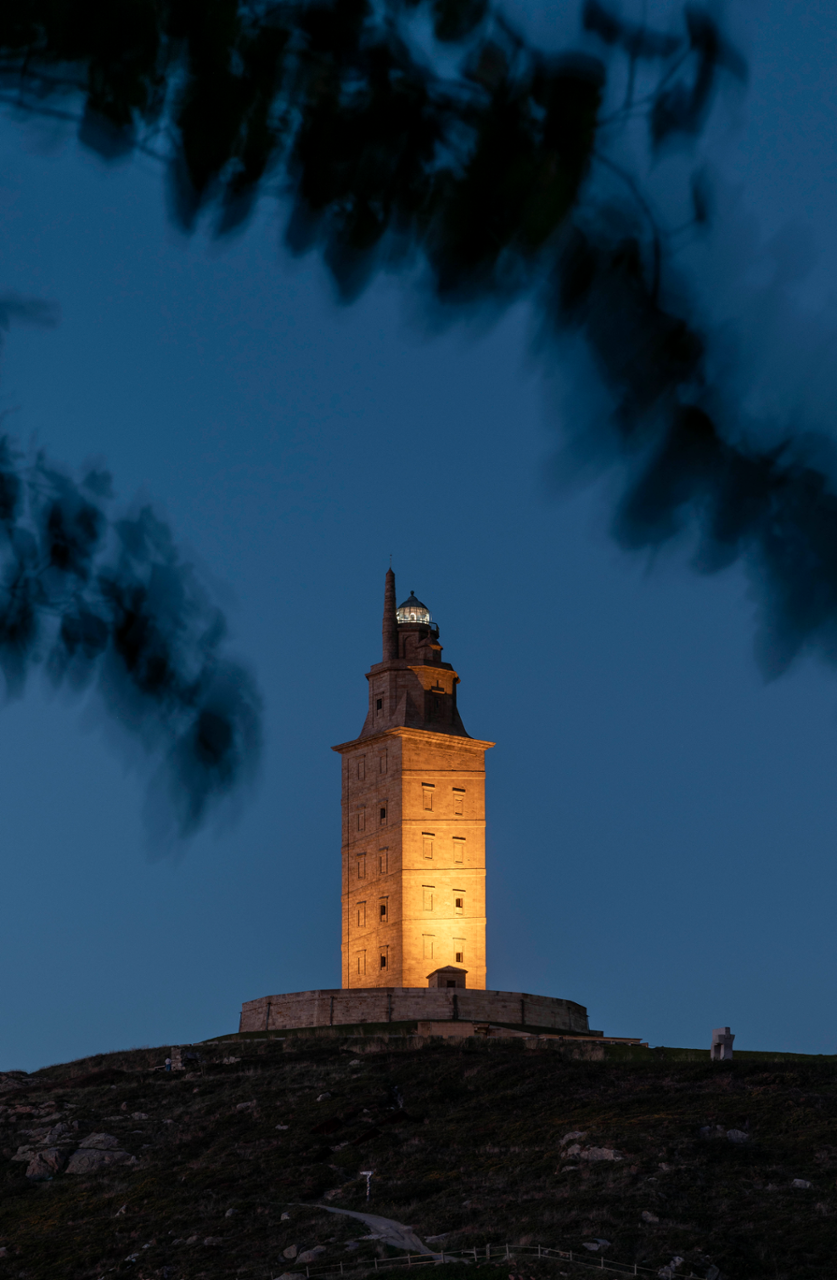
The Tower of Hercules
Address:


